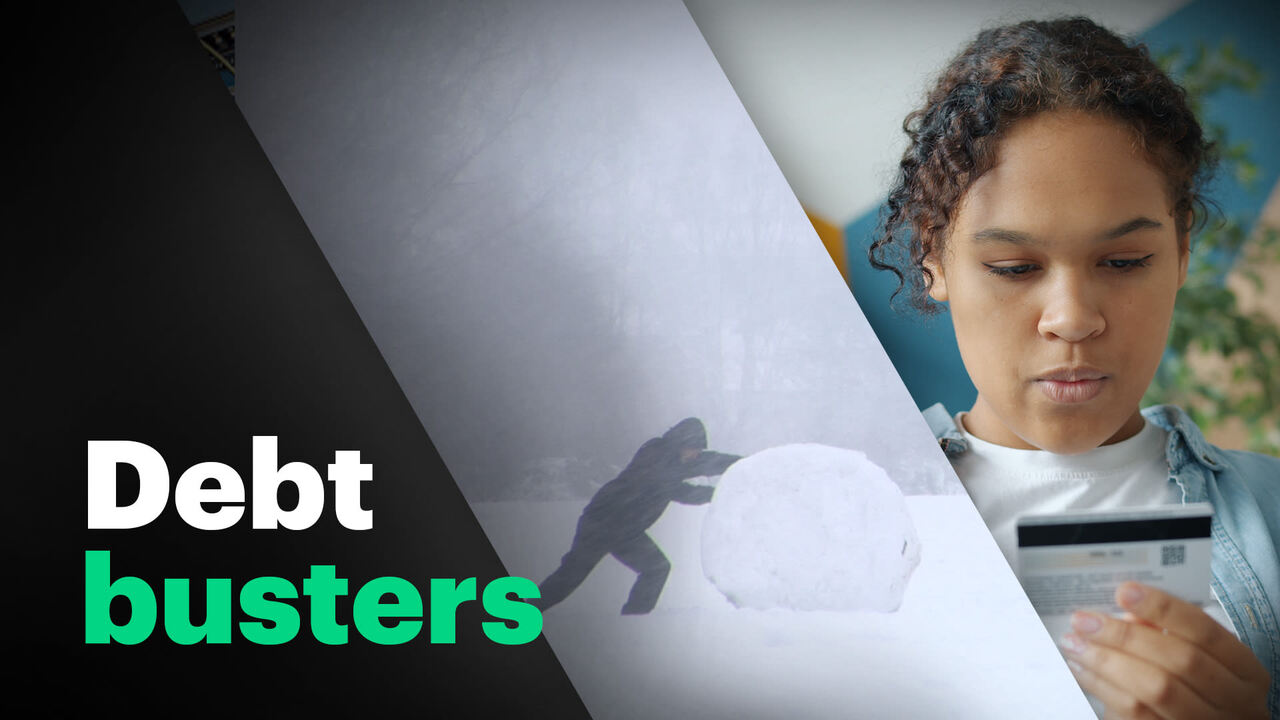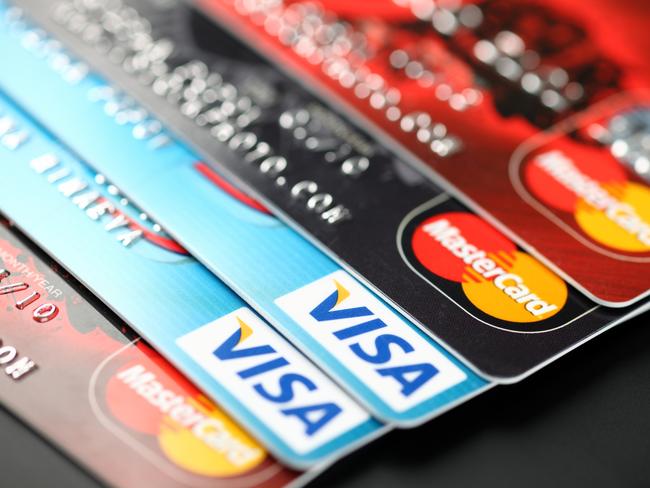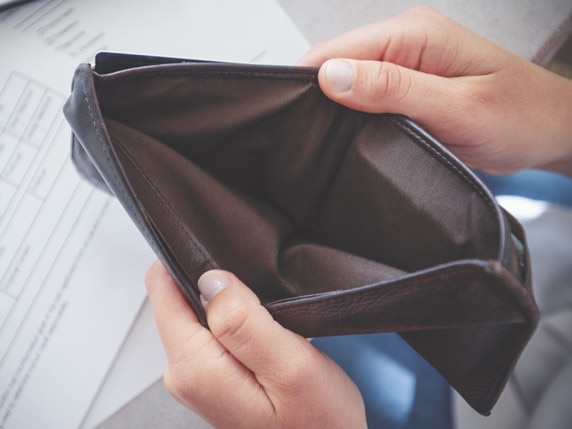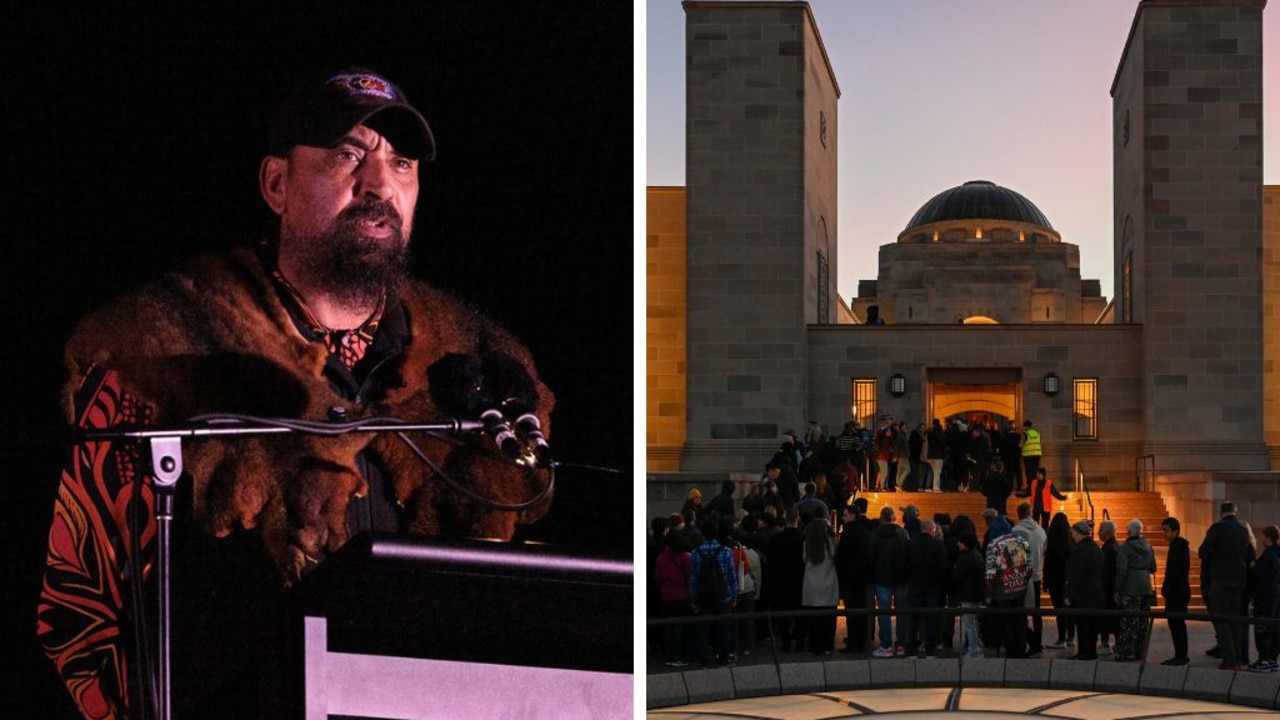Aussie postcodes most in the red revealed as credit card debt climbs $500 million
A suburb in Prime Minister Anthony Albanese’s electorate has one of the highest “bad debt” levels in the country. See the postcodes where credit card debt continues to skyrocket.

National
Don't miss out on the headlines from National. Followed categories will be added to My News.
EXCLUSIVE: Debt-laden Aussies are turning to plastic more than ever before, with new figures showing an increased reliance on credit cards, buy now pay later schemes and payday loans.
New data from digital financial advice platform Otivo, has revealed the nation’s top postcodes for eye-watering levels of debt — and much of it is ‘bad debt’, defined as high-interest borrowing for non-essential spending.
BAD DEBT: STATE BY STATE
NSW
In NSW, households in Sydney’s Marrickville – a suburb in prime minister Anthony Albanese’s Grayndler electorate – top the state for having the most ‘bad debt’, on average $153,207.
Baulkham Hills has the biggest credit card debt, $42,833 per household.
While residents in Laurieton, Lake Cathie and Bonny Hills have the highest Buy Now, Pay Later (BNPL) debts, owing on average $18,150 per household.
Investors are also carrying significant mortgage debt. Households in Carramar, Lansdowne and Villawood have the biggest investment property loans in the state, with an average debt of $614,000.
Victoria
In Victoria, Selby tops the state and is one of the highest in the country for credit card debt, owing on average $54,000 per household.
Port Melbourne has one of the highest Buy Now, Pay Later (BNPL) debts, owing on average $16,900 per household, while those in Kallista owe $14,700.
Investors are also carrying significant mortgage debt. Households in Ashburton have the biggest investment property loans in the state, with an average debt of $658,000.
Queensland
In Queensland, households in the postcode of Woodford, D’Aguilar and Delaneys Creek top the state for having the most ‘bad debt’, on average $239,200.
Residents in Tara have one of the highest unsecured loan debts, owing on average $80,600 per household.

Home Hill has the highest amount of Buy Now, Pay Later (BNPL) debt, on average $13,200 per household.
Investors are also carrying significant mortgage debt.
Households in Yeppoon and Cooee Bay have the biggest investment property loans in the country, with an average debt of $910,000.
South Australia
In South Australia, households in Naracoorte top the state for having the most ‘bad debt’, on average $214,000.
It was also highest in the state for unsecured loans, with $129,600.
Eastwood, Frewville, Glenside has one of the highest Buy Now, Pay Later (BNPL) debts, owing on average $11,525 per household.
Investors are also carrying significant mortgage debt. Households in Victor Harbor have the biggest investment property loans in the state, with an average debt of $585,000.
Western Australia and Tasmania
Koorda in WA has the highest level of ‘bad debt’ in the country, with households owing on average $266,000.
Laurieton, Lake Cathie and Bonny Hills in NSW has the highest Buy Now, Pay Later (BNPL) debts, $18,150 per household.
Investors are also carrying significant mortgage debt.
Households in Yeppoon and Cooee Bay in Victoria have the biggest investment property loans in the country, with an average debt of $910,000.
New Norfolk in Tasmania is second with $778,000.
AUSSIE CREDIT CARD DEBT CLIMBS $500 MILLION
Nationally, Otivo’s report shows the Vaucluse and Watsons Bay postcode, home to Sydney’s well-heeled, tops the list with the highest amount of ‘good debt’, with the average household owing more than $4.9 million, mostly on mortgages.
Home loans, property investments and education loans are seen as ‘good debt’ because it builds long-term value.
It comes as the latest Reserve Bank of Australia figures reveal that the total amount of Aussie credit card debt climbed $500 million to $41.7 billion, up from $41.2b this time last year. Of that, the amount of debt accruing interest is almost $20 billion ($19.8b), up from $17.7b this time last year.

Debt management service Debt Angles Solutions has noticed a huge surge in short term lending options, including BNPL, with its clients.
“Between 2023 and 2025, the number of BNPL debt accounts we are managing increased by 50 per cent,” Debt Angels CEO and founder Kitty Thomas said.
“Credit cards make up 40 per cent per cent of all debt accounts we manage — a 19 per cent increase over just two years. This reflects not only increased usage but also how deeply embedded revolving credit has become in managing daily life expenses.
“One of the biggest issues we’re now seeing is debt stacking. The way BNPL and payday loans have evolved is creating a dangerous debt cycle. People are taking out payday loans — then more payday loans — to cover the repayments on their existing payday loans.”
Otivo CEO and founder Paul Feeney said “debt is coming to rather high levels” and blamed it on the cost of living.
“Australians are struggling and unfortunately, for a lot of people, it involves taking out some debt,” Mr Feeney said.
“Debt doesn’t discriminate. Whether you live in a beachfront mansion or a regional town, Australians everywhere are under pressure, and many are doing it alone without licensed financial advice.”

He said people tended to hit financial stress when their unsecured debt crept above 10 to 15 per cent of their annual income. According to Otivo’s data, the national average credit card debt is $7459.
Mr Feeney advises people who are struggling with soaring debt to really reflect on the expenses they could live without to try and find $50 of savings in the first month, then up that to $100 the second month, explaining that before too long they would have $500 to start paying down that debt.
He said people with $50,000 of debt against a high interest credit card at 20 per cent could be paying $10,000 a year in interest alone.
“That’s money that’s got going towards your future, it’s just servicing the past,” Mr Feeney said, suggesting some people may benefit from consolidating their credit cards debts into one no or low interest card or a lower interest personal loan.

‘WAKE-UP CALL’: SYDNEY MAN RACKS UP $6K DEBT
For Ben Cheshire, 20, from Sydney’s northern beaches, his debt snowballed after he booked a “trip of a lifetime” to Europe and then one week later was in a minor car crash, where he had to fork out money for repairs.
He said he put the flight costs and repair expenses, totalling above $6000, on a credit card but did not understand the ramifications for not paying that off in the interest free period – and so his debt grew.

He said there were a few sleepless nights where he would lay awake worrying about how he could pay it off.
“I was earning enough to be comfortable by not enough to fund expected costs, so I picked up two other jobs (to pay it off),” he said,
“It gave me a real wake-up call though. It gave me a real insight into what I need to do financially to now plan (for future unexpected costs) and saving is actually a necessity to life.”
‘DEVASTATED’: NSW WOMAN LOSES HOME AMID DEBT WOES
For 25 year old Jasmin Hughes, from NSW, was buying things on credit and with payday loans – a necessity to try and get ahead. But when she fell ill and was in an out of hospital, she had to stop working the debt became overwhelming.
“I wasn’t able to pay back the repayment and the interest crawled on top of me. I has $23,000 of debt all together,” she said.
Ms Hughes said she left home when she was 15 and lived in refuges and shelters for young people.
She said BNPL, zip pay and cash converters helped her pay for necessities like a car licence and car so she could get to work.
“I tried reached out to banks that I was with but there was nothing available for support because my credit rating at that point was so bad. I was devastated. I was so depressed. I ended up losing the house I was staying in (because I couldn’t afford it) – it was really bad.”
Ms Hughes sought financial counselling, which advised she claim for bankruptcy, and then she found Debt Angles Solutions, who were able to wipe her debt and she pays back the fees.
“I’m feeling good now. I have a full time job in an industry I love. I am still learning about money and making budgets and sticking to them,” she said.

BRISBANE WOMAN DETAILS DEBT STRUGGLE
Elizabeth Delaney, of Toowong in Brisbane, said she became financially stressed after her credit card debt grew to unsustainable levels after an overseas trip
“(The credit card debt) was around the $3000 mark – which was a lot for me at the time and much more than I intended the card to be used for,” she said.
“It was mentally challenging, like taking two steps forward and one step back. I was only really keeping up with interest payments instead of taking off the bulk of the loan. It definitely felt like you were stuck in a bit of a loop.”
She said the credit card debt issue was compounded by her mortgage interest rate climbing from 2.1 per cent when she bought her unit in 2021 to just under 6 per cent, as well as rising mortgage interest rates, utilities, home insurance, strata fees and the occasional unforeseen expense.
Ms Delaney said it helped to shop around for better deals on her utilities, mortgage and insurance; and she picked up some extra jobs to boost her income to try and get on top of it.

EXPERTS’ TOP TIPS FOR MANAGING DEBT
- Don’t put it off – the longer you avoid, the harder it gets.
- Get some free help from the National Debt Helpline if you’re in real trouble.
- Re-finance your debt at a lower rate. For example, ask a mortgage broker to find you a better rate, or consolidate debts into a single personal loan, or shift your debt to a 0 per cent balance transfer card (but don’t use the card to buy more stuff).
- Talk to your lender about relief such as going interest-only for a period of time or extending the period of the loan.
- Ask your energy retailer and telco about hardship programs to get your short-term costs down.
- Shop around and see if you can pay $100s less for your household bills each month.
- Consider informal debt agreements, which provide breathing space without harming long-term credit file. They may offer relief from interest, fees and charges.
- Use budgeting tools, including digital versions, that provide clear visibility over finances and give you control.
Originally published as Aussie postcodes most in the red revealed as credit card debt climbs $500 million
Read related topics:Anthony Albanese




